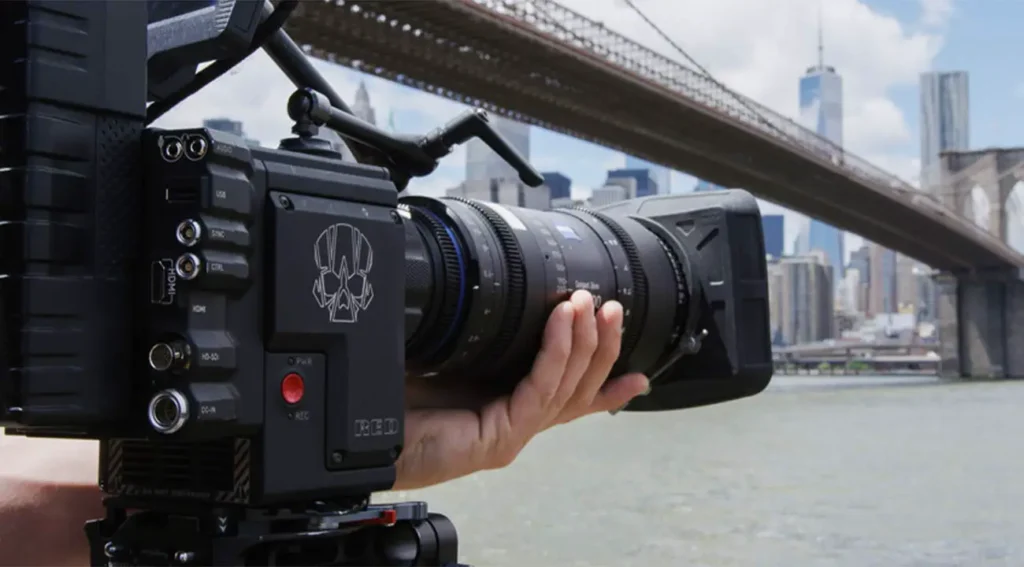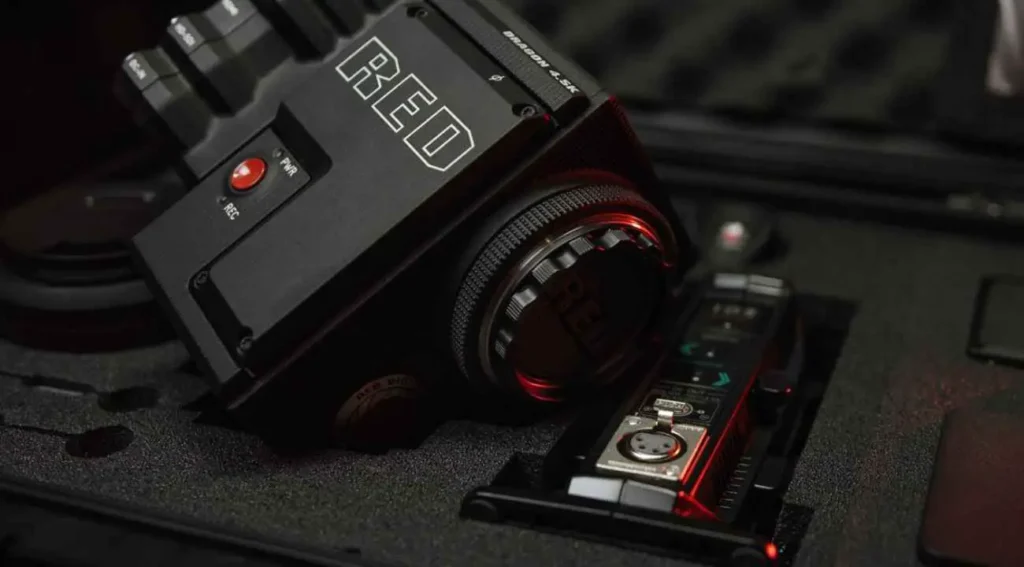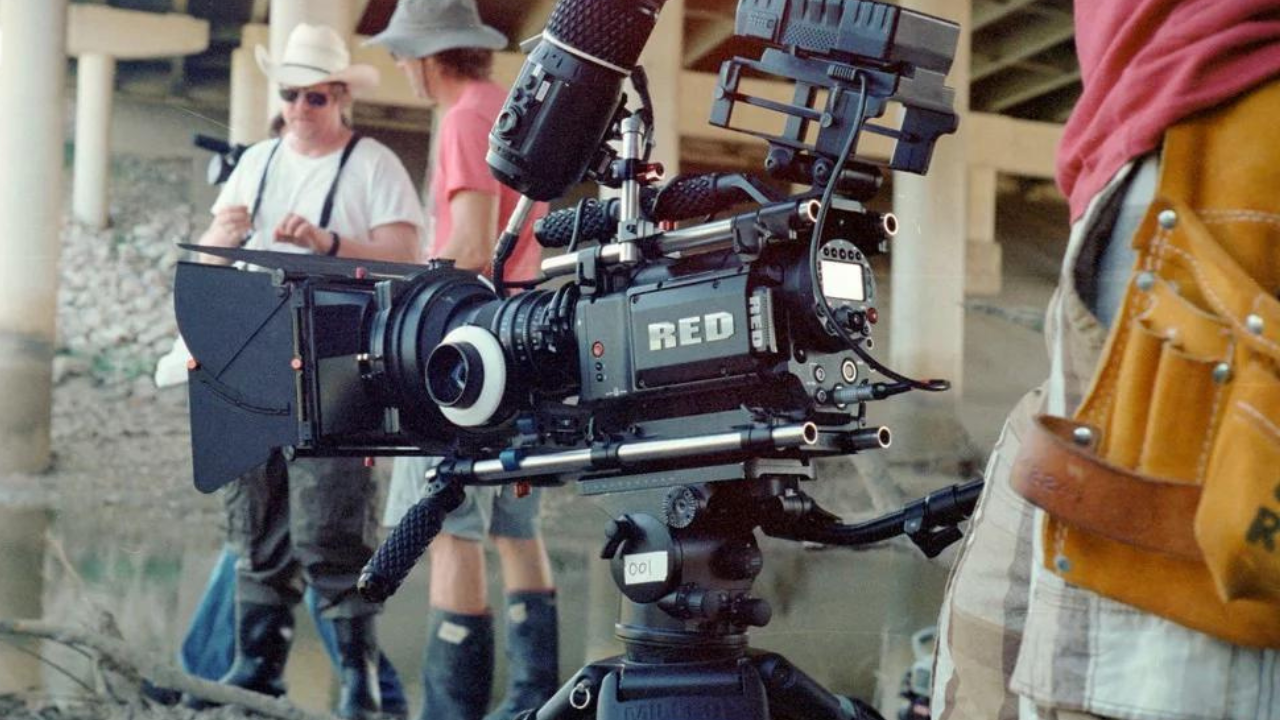Introduction
In the ever-evolving world of cinema, technological advancements have played a pivotal role in shaping the way films are made. One such groundbreaking innovation that has left an indelible mark on the industry is the RED Cameras. With its cutting-edge features and unparalleled image quality, the RED Camera has revolutionized the way filmmakers capture and create visual storytelling. This article delves into the write 1500 words on How RED Cameras Changed Cinema Camera Industry? and uncovers how these cameras have transformed the film landscape.
Can be attributed to several key factors:
Higher Resolution, Greater Detail:
RED Cameras introduced the concept of high-resolution digital cinematography. With their ability to capture images at resolutions up to 8K and beyond, these cameras opened new doors for filmmakers to achieve breathtaking levels of detail and clarity.
Versatility in Post-Production:
The RED Camera’s ability to capture raw footage in a digital format provides filmmakers with extensive control in post-production. The flexibility to manipulate color grading, exposure, and other elements ensures that filmmakers can achieve their desired artistic vision.

Enhanced Dynamic Range:
RED Cameras are renowned for their impressive dynamic range, allowing filmmakers to capture a wide range of tones and details in both bright highlights and deep shadows. This capability adds depth and richness to the visual storytelling, enhancing the overall cinematic experience.
Modularity and Customization:
RED Cameras offer a modular design that allows filmmakers to customize their setup according to their specific needs. From lens options to recording formats, the cameras provide a high degree of flexibility, enabling filmmakers to adapt to various shooting environments and creative preferences.
Progressive Sensor Technology:
The RED Dragon and HELIUM sensors, for instance, are designed to capture incredibly detailed images with exceptional color accuracy, contributing to a more immersive visual experience.
Industry Adoption and Influence:
RED Cameras have gained significant traction in the industry, with numerous filmmakers, production houses, and studios embracing the technology. This widespread adoption has not only propelled the write 1500 words on How RED Cameras Changed Cinema Camera Industry? but has also influenced other manufacturers to develop and refine their own high-quality digital cinema cameras.

FAQs
Q: How did RED Cameras revolutionize the cinema camera industry?
A: RED Cameras revolutionized the industry by introducing high-resolution digital cinematography, enhancing dynamic range, and providing extensive post-production flexibility.
Q: What makes RED Cameras stand out from other cinema cameras?
A: RED Cameras stand out due to their exceptional image quality, modularity, and progressive sensor technology, which have set new standards for the industry.
Q: How have RED Cameras influenced filmmaking techniques?
A: RED Cameras have expanded the creative possibilities for filmmakers by enabling them to capture more detail, work with a broader dynamic range, and customize their camera setup.
Q: Are RED Cameras widely used in the film industry?
A: Yes, RED Cameras have gained significant popularity among filmmakers, production houses, and studios, becoming a go-to choice for many professionals.
Q: Can RED Cameras be used in various shooting environments?
A: Absolutely! RED Cameras offer versatility and adaptability, allowing filmmakers to shoot in a wide range of environments, both indoor and outdoor.
Q: Have other camera manufacturers followed RED’s lead?
A: Yes, the success of RED Cameras has prompted other manufacturers to develop their own high-quality digital cinema cameras, resulting in increased competition and further advancements in the industry.
Conclusion
These innovative devices have had a profound impact on the way films are made and have pushed the boundaries of visual storytelling. From their ability to capture breathtaking detail to their influence on industry standards, RED Cameras have become synonymous with cutting-edge technology and artistic expression. As filmmakers continue to embrace these cameras, the future of cinema looks even more promising.

